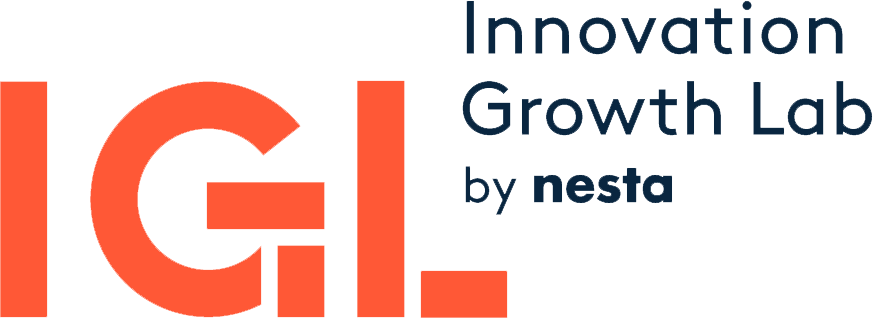Agricultural extension programs often train a few farmers and count on diffusion through social networks for the innovation to spread. However, if markets are imperfectly integrated, this may also inflict negative externalities. In a two-step experiment of an agronomy training program among Rwandan coffee farmers, we first randomize the concentration of trainees at the village level and then randomly select within each village. Knowledge increased, and yields were 6.7% higher for trained farmers.
IGL Trials Database
IGL curates a database with randomised controlled trials in the field of innovation, entrepreneurship and growth. Browse our list of topics, see it as a map, or use the search function below.
A randomized control trial in central Tanzania, centered on the production and distribution of a ”Yellow Pages” phone directory with contact information for local enterprises.
This paper hypothesizes that many productive firms in poor countries stagnate due to informational barriers to winning wholesale contracts.
In this study we assess the effects of a decentralized extension program and an additional video intervention on the adoption of integrated soil fertility management (ISFM) among 2,382 farmers in Ethiopia using a randomized controlled trial. ISFM should enhance soil fertility and productivity by combining organic and inorganic soil amendments. We find that both extension-only and extension combined with video increase ISFM adoption and knowledge.
Unlike many other studies, this trial is an impact assessment of training programs that covered quality control and production management as the training topics in addition to entrepreneurship, marketing, and record keeping.
We construct a model of technology adoption with agents differing on two dimensions: their cognitive ability and their receptiveness to advice. While cognitive ability unambiguously speeds adoption, receptiveness to advice may speed adoption for individuals with low cognitive ability, but slow adoption for individuals with high cognitive ability. We conduct economic experiments measuring US farmers' cognitive ability and receptiveness to advice and examine how these characteristics impact their speed of adoption of genetically modified (GM) corn seeds.
I use a field experiment in rural Kenya to study how temporary incentives to save impact long run economic outcomes. Study participants randomly selected to receive large temporary interest rates on an individual bank account had significantly more income and assets 2.5 years after the interest rates expired. These changes are much larger than the short-run impacts on experimental bank account use and almost entirely driven by growth in entrepreneurship.
While small and medium enterprises (SMEs) represent a large segment of activity and employment, there has been little research on how their growth is affected by financial constraints. Indeed, because the credit needs of SMEs are too big for microfinance products, but that they lack the collateral to borrow from the traditional banking sector, SMEs are in some way the “missing middle” of credit constraint research. This project addresses this evidence gap by evaluating the impact of a new loan product, designed specifically for SMEs, on firm growth and other market outcomes.
A randomised field experiment in Kenya uses differing levels of subsidies for an innovative bed net to suggest that temporary subsidies help short-term adoption rates of new (health) technologies and can perhaps have an effect on long-term adoption rates due to the learning experience.
This trial focuses on micro-enterprises in Kenya which have low productivity, surveying firms weekly about lost sales.
Does limited access to formal savings services impede business growth in poor countries? To shed light on this question, we randomized access to noninterest-bearing bank accounts among two types of self-employed individuals in rural Kenya: market vendors (who are mostly women) and men working as bicycle taxi drivers. Despite large withdrawal fees, a substantial share of market women used the accounts, were able to save more, and increased their productive investment and private expenditures. We see no impact for bicycle taxi drivers.
The lack of adoption of new farming technologies despite known benefits is a well-documented phenomenon in development economics. In addition to a number of market constraints, risk aversion predominates the discussion of behavioral determinants of technology adoption. We hypothesize that ambiguity aversion may also be a determinant, since farmers may have less information about the distribution of yield outcomes from new technologies compared with traditional technologies. We test this hypothesis with a laboratory experiment in the field in which we measure risk and ambiguity preferences.
In the context of farming in Malawi, reducing risk did not induce an increase in demand for credit, contrary to theoretical predictions. These results highlight the difficulties in mitigating environmental risks to poor farmers and to increase investments in better technologies.
